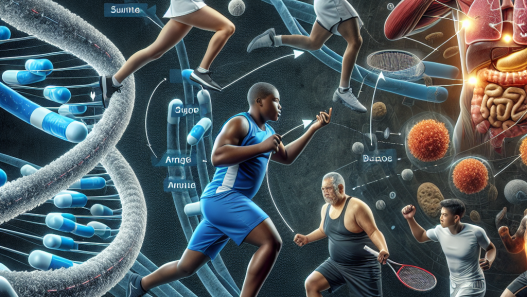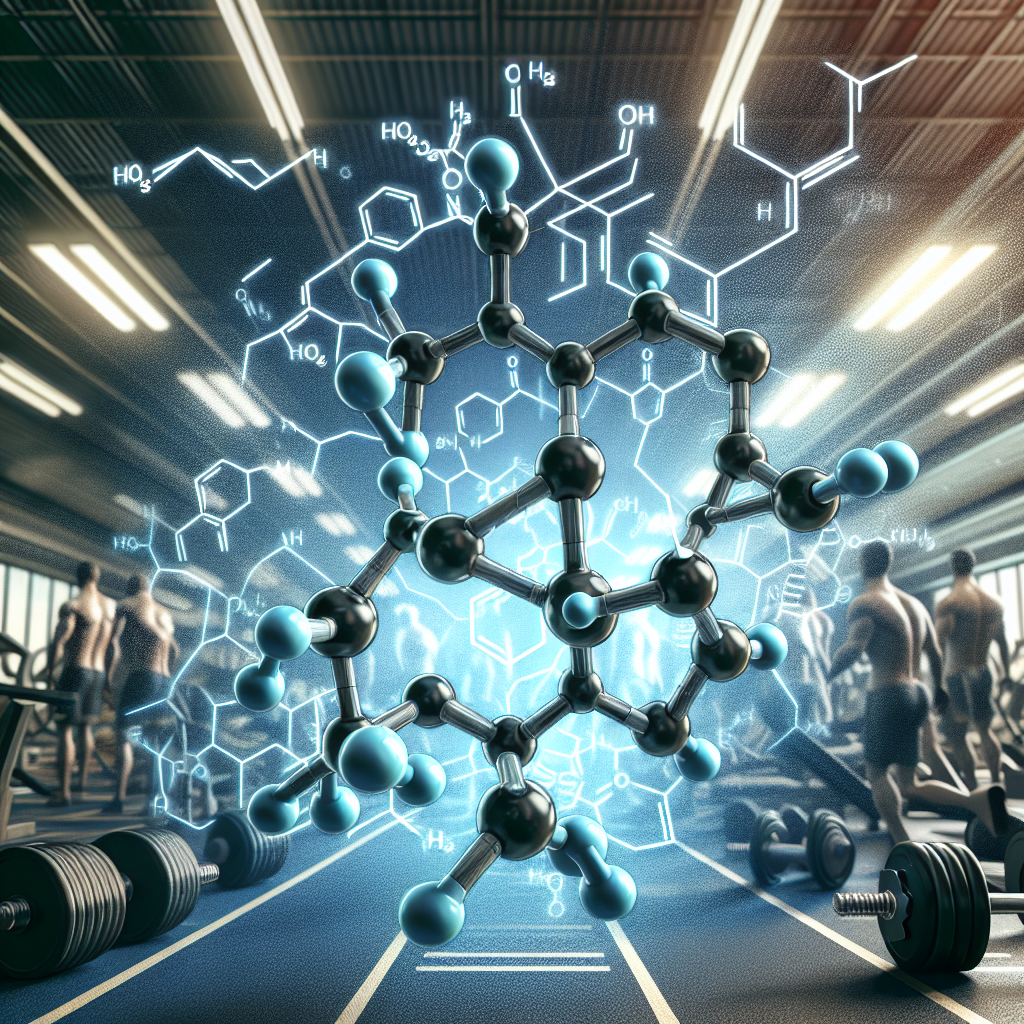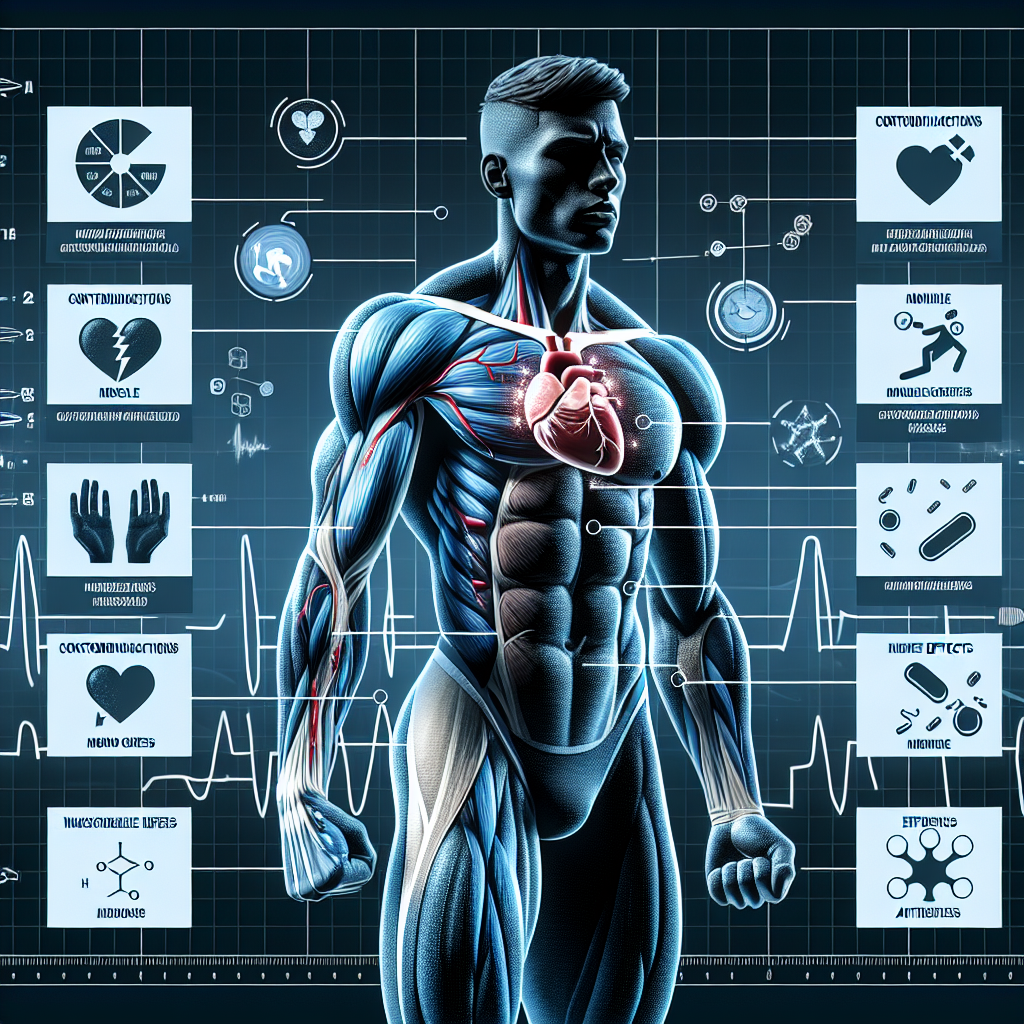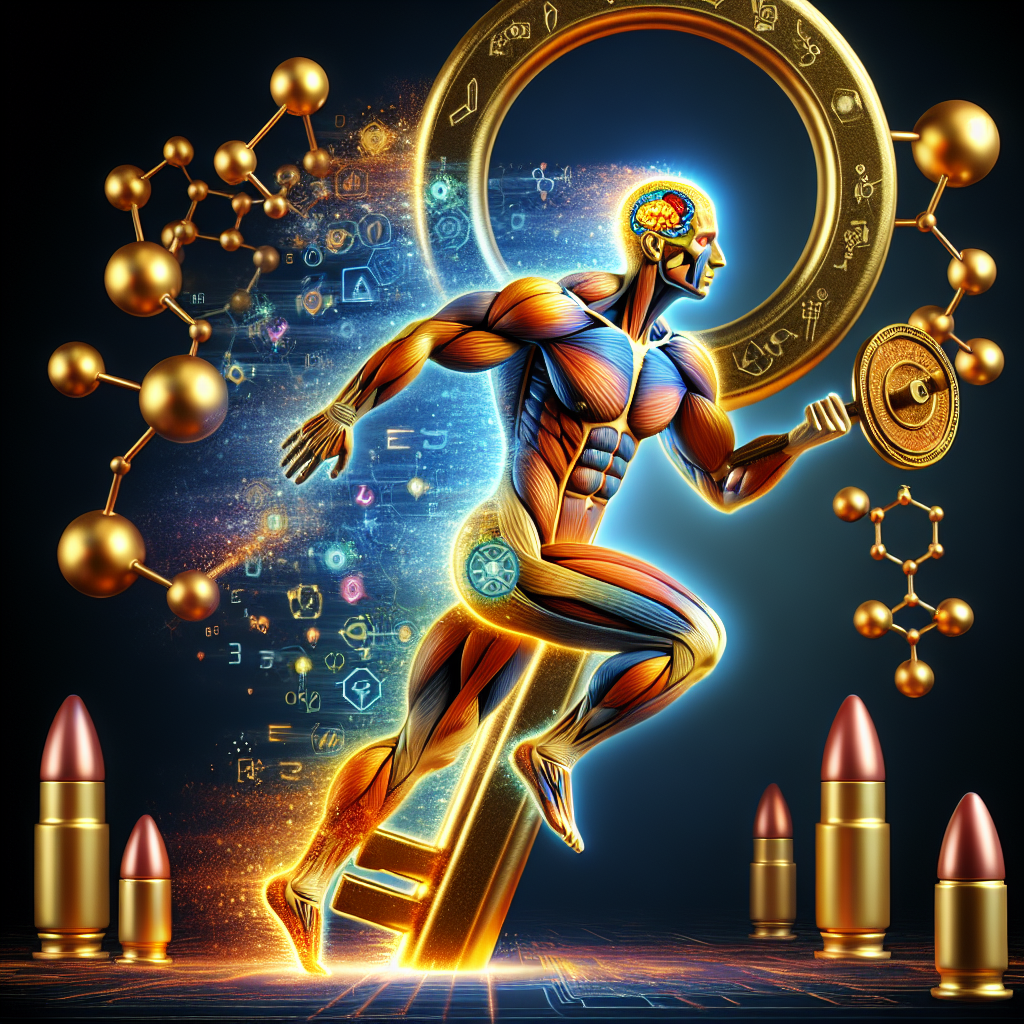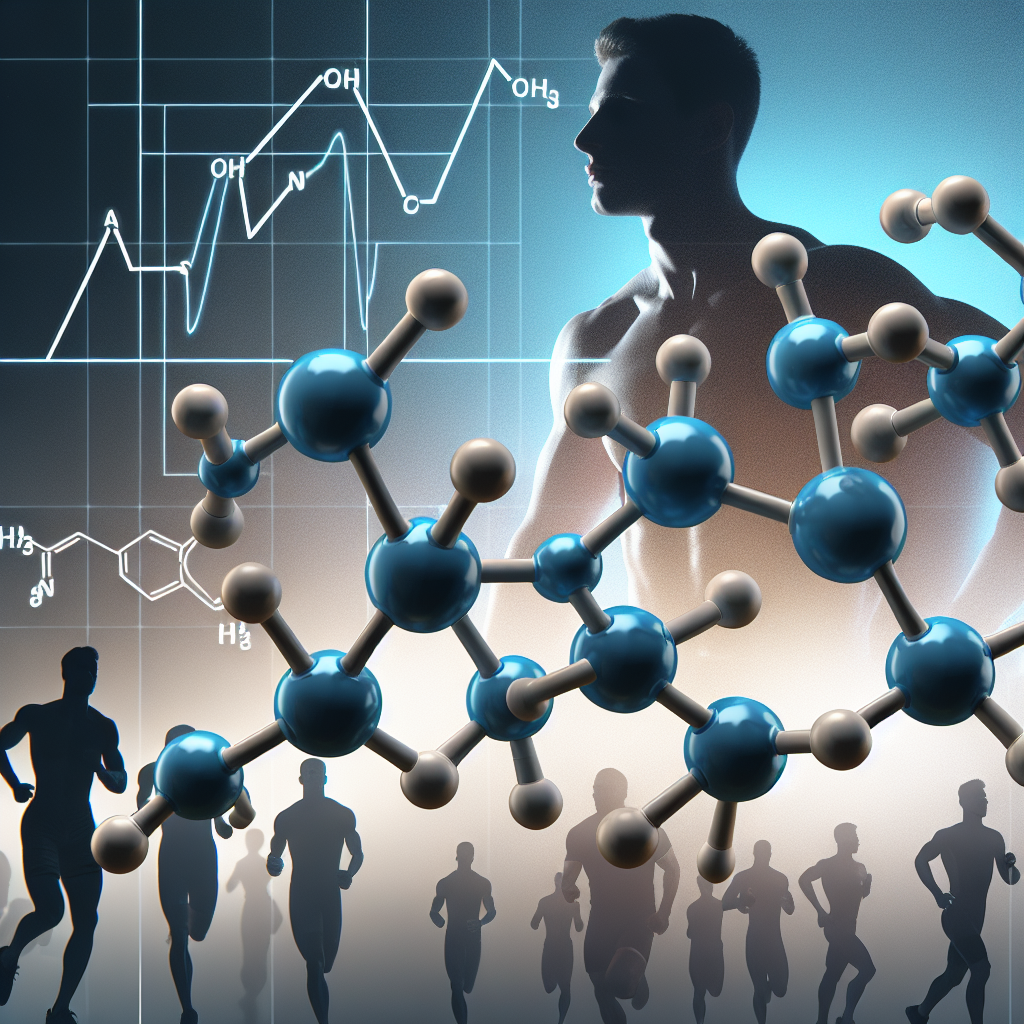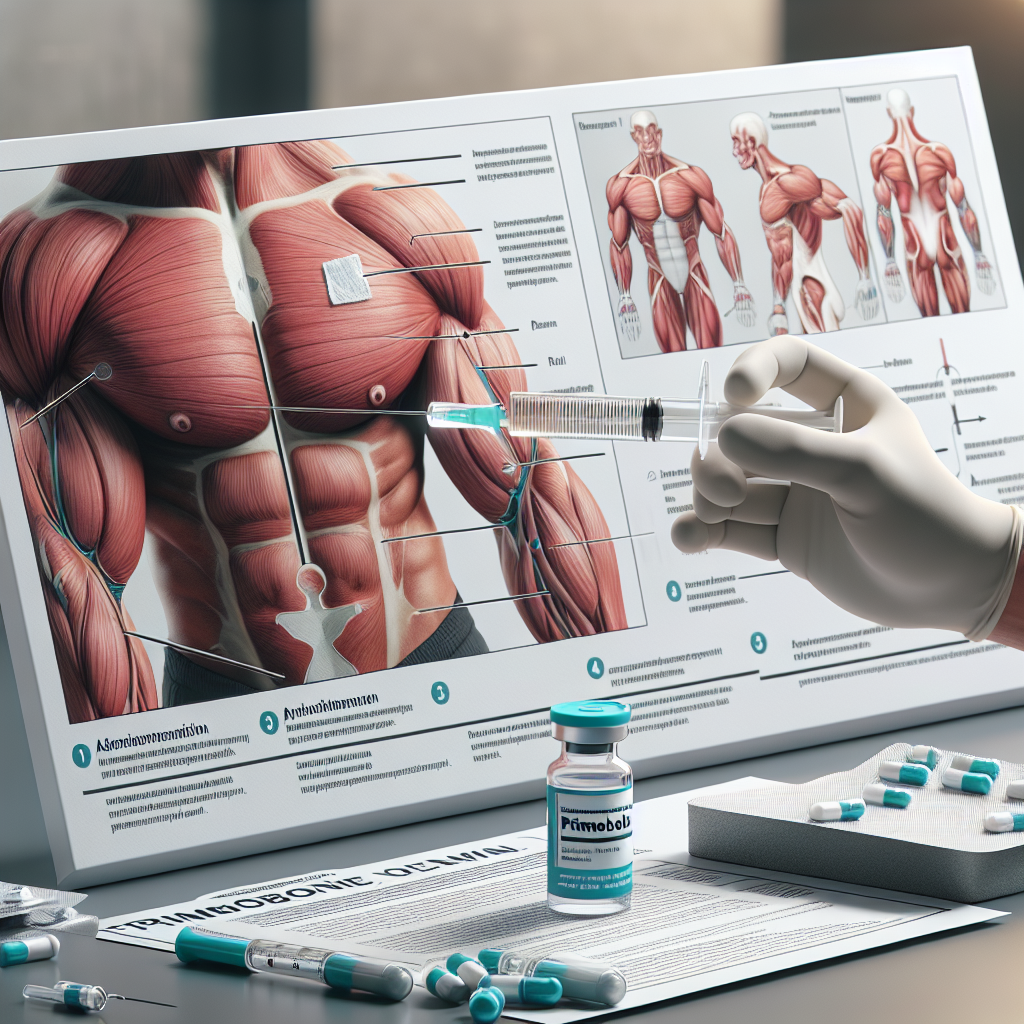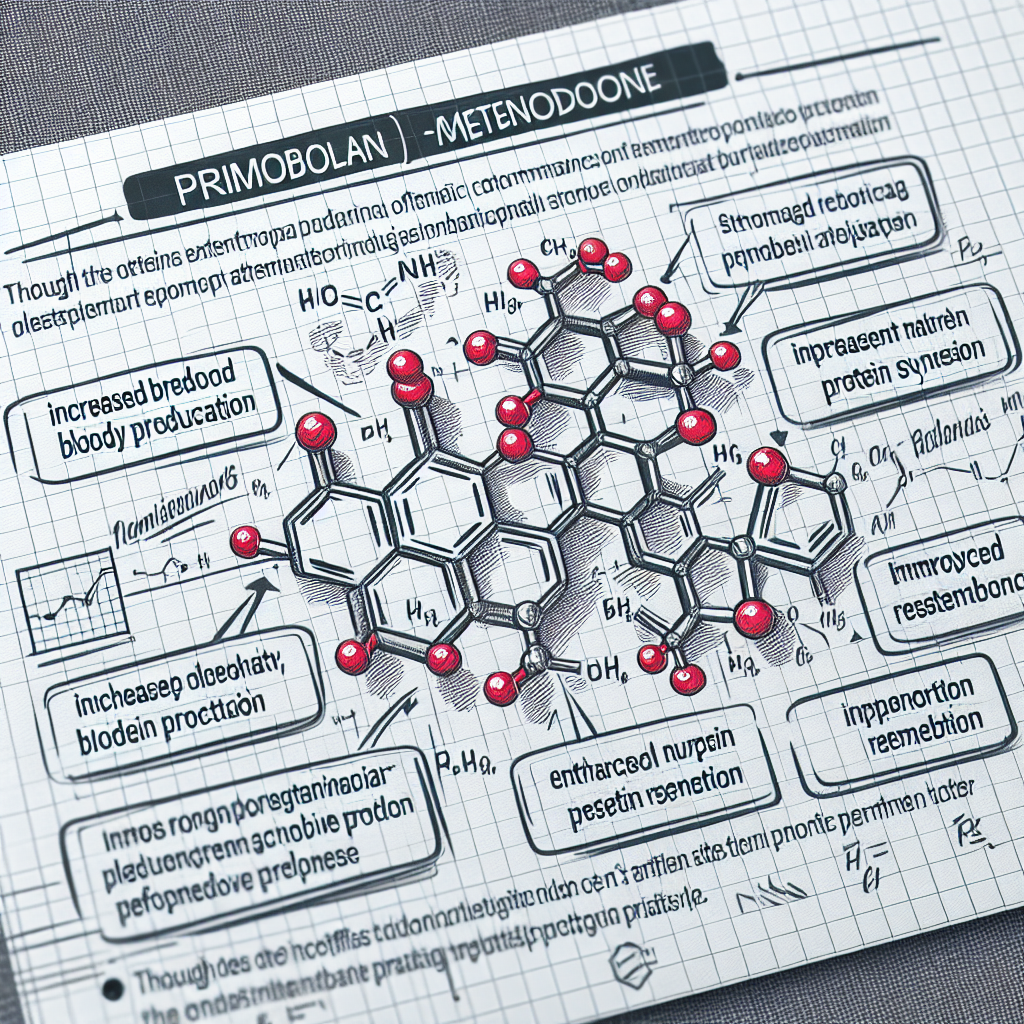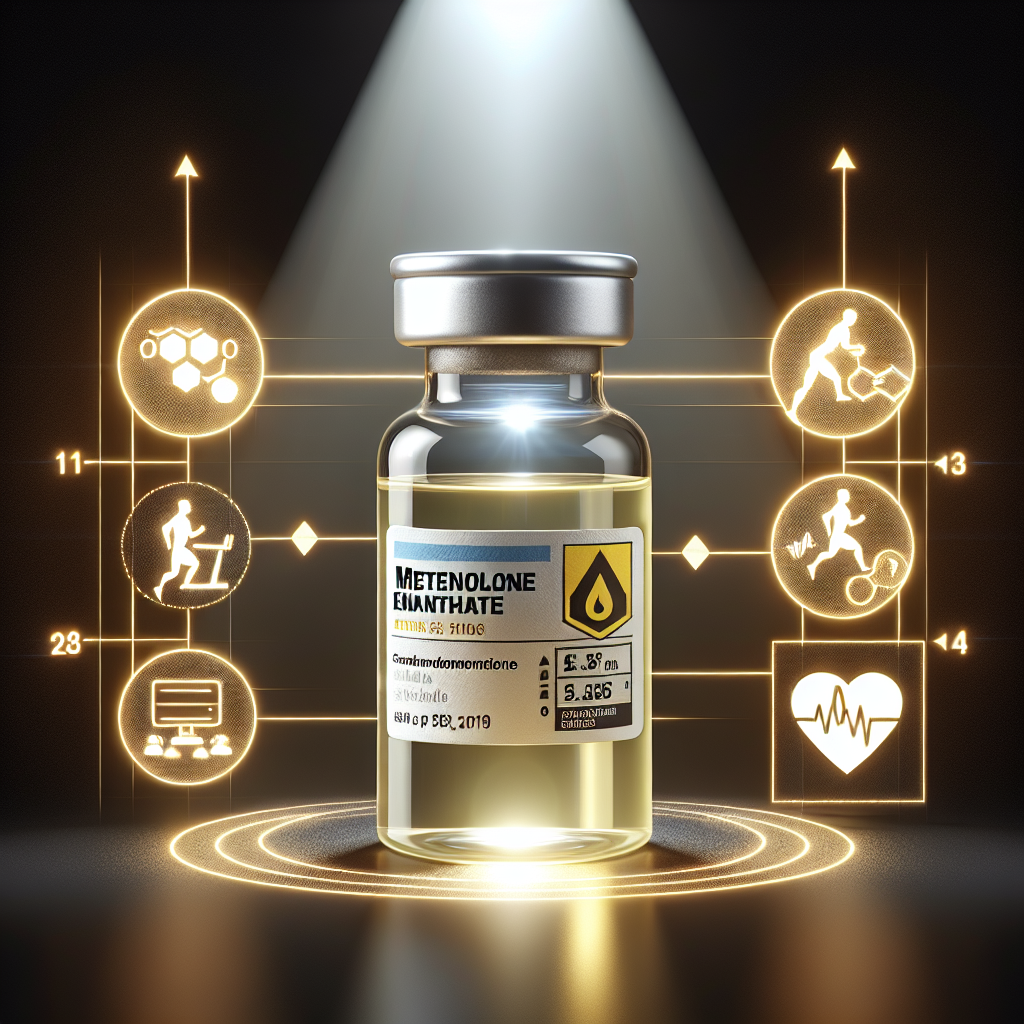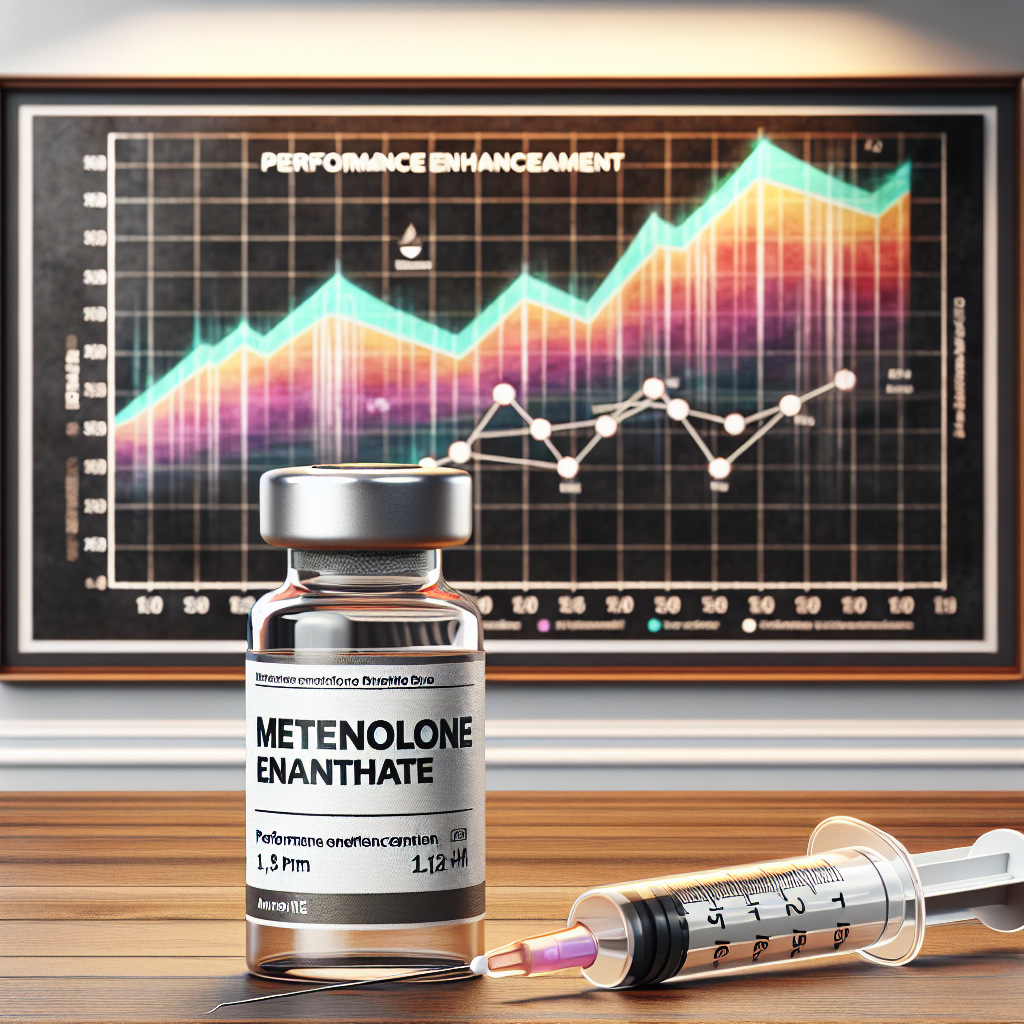-
Table of Contents
- Nandrolone Phenylpropionate: Enhancing Athletic Performance
- The Pharmacology of Nandrolone Phenylpropionate
- The Effects of Nandrolone Phenylpropionate on Athletic Performance
- The Potential Benefits of Nandrolone Phenylpropionate in Sports
- Real-World Examples of Nandrolone Phenylpropionate Use in Sports
- Expert Opinion on Nandrolone Phenylpropionate in Sports
- References
Nandrolone Phenylpropionate: Enhancing Athletic Performance
In the world of sports, athletes are constantly seeking ways to improve their performance and gain a competitive edge. While training, nutrition, and genetics play a significant role, the use of ergogenic substances has become a controversial topic. One such substance that has gained attention in recent years is nandrolone phenylpropionate (NPP). This article will explore the pharmacology, effects, and potential benefits of NPP in the context of sports performance.
The Pharmacology of Nandrolone Phenylpropionate
Nandrolone phenylpropionate is a synthetic anabolic androgenic steroid (AAS) derived from testosterone. It was first introduced in the 1950s and has been used medically to treat conditions such as anemia, osteoporosis, and muscle wasting diseases. NPP has a shorter ester chain compared to its counterpart, nandrolone decanoate, resulting in a faster release and shorter half-life (1-2 days) (Kicman, 2008).
Like other AAS, NPP works by binding to androgen receptors in the body, promoting protein synthesis and increasing muscle mass and strength. It also has a high affinity for the progesterone receptor, which can lead to side effects such as gynecomastia and water retention (Kicman, 2008). NPP is primarily metabolized in the liver and excreted in the urine, with a detection time of up to 12 months (Kicman, 2008).
The Effects of Nandrolone Phenylpropionate on Athletic Performance
The use of NPP in sports is primarily aimed at enhancing athletic performance. Studies have shown that AAS, including NPP, can increase muscle mass, strength, and power (Kicman, 2008). This is due to its ability to stimulate protein synthesis and inhibit protein breakdown, resulting in a positive nitrogen balance (Kicman, 2008).
NPP has also been shown to improve endurance and recovery. A study by Hartgens and Kuipers (2004) found that AAS use can increase red blood cell production, leading to improved oxygen delivery to muscles and increased endurance. Additionally, NPP has anti-inflammatory properties, which can aid in recovery from intense training (Kicman, 2008).
Furthermore, NPP has been reported to have a positive effect on mood and motivation, which can be beneficial for athletes during training and competition (Kicman, 2008). However, it is important to note that these effects may vary among individuals and can also be influenced by other factors such as dosage and duration of use.
The Potential Benefits of Nandrolone Phenylpropionate in Sports
While the use of NPP in sports is still a controversial topic, there are potential benefits that athletes may experience. One of the main benefits is the ability to increase muscle mass and strength, which can give athletes a competitive edge. This is especially beneficial for sports that require explosive power and strength, such as weightlifting and sprinting.
NPP may also aid in injury prevention and recovery. As mentioned earlier, it has anti-inflammatory properties that can help reduce muscle soreness and promote faster recovery. This can be beneficial for athletes who engage in high-intensity training and competitions.
Moreover, NPP may have a positive impact on an athlete’s mental state. The increase in motivation and mood can lead to improved focus and drive during training and competition. This can be especially beneficial for athletes who need to maintain a high level of mental and physical performance for extended periods.
Real-World Examples of Nandrolone Phenylpropionate Use in Sports
The use of NPP in sports has been a topic of controversy and has resulted in several high-profile cases of doping. In 2012, American sprinter Tyson Gay tested positive for NPP and was subsequently banned from competing for one year (Associated Press, 2013). In 2016, Russian weightlifter Apti Aukhadov was stripped of his silver medal at the London Olympics after testing positive for NPP (Associated Press, 2016).
However, there are also cases where NPP has been used for legitimate medical purposes in sports. In 2018, American football player Julian Edelman was suspended for four games after testing positive for NPP, which he claimed was due to a medical treatment for a knee injury (Associated Press, 2018).
Expert Opinion on Nandrolone Phenylpropionate in Sports
While the use of NPP in sports is still a controversial topic, experts in the field of sports pharmacology have weighed in on its potential benefits and risks. According to Dr. Harrison Pope, a professor of psychiatry at Harvard Medical School, “NPP can be a very effective drug for building muscle mass and strength, but it also has a high potential for side effects and long-term health risks” (Pope, 2018).
Dr. Pope also emphasizes the importance of proper dosage and monitoring when using NPP or any other AAS. “Athletes need to be aware of the potential risks and work closely with a medical professional to ensure safe and responsible use,” he says (Pope, 2018).
References
Associated Press. (2013). Tyson Gay tests positive for banned substance. The Guardian. Retrieved from https://www.theguardian.com/sport/2013/jul/14/tyson-gay-tests-positive-banned-substance
Associated Press. (2016). Russian weightlifter Apti Aukhadov stripped of London 2012 silver medal. The Guardian. Retrieved from https://www.theguardian.com/sport/2016/aug/31/russian-weightlifter-stripped-london-2012-silver-medal
Associated Press. (2018). Patriots’ Julian Edelman suspended four games for PED violation. Sports Illustrated. Retrieved from https://www.si.com/nfl/2018/06/07/julian-edelman-suspended-ped-violation-new-england-patriots
Hartgens, F., & Kuipers, H. (2004). Effects of androgenic-anabolic steroids in athletes. Sports Medicine, 34(8), 513-554. doi: 10.2165/00007256-200434080-00003
Kicman, A. T. (2008). Pharmacology of anabolic steroids. British Journal of Pharmacology, 154(3), 502-521. doi: 10.1038/bjp.2008.165
Pope, H. G. (2018). The use of anabolic-androgenic steroids







